Are you wondering whether it’s safe to pressure wash painted wood surfaces? In this article, we will explore the dos and don’ts of pressure washing painted wood, ensuring that you make an informed decision.
The short answer is that pressure washing can actually strip away the paint, but don’t despair just yet! We will go into the details and discover alternative approaches to help you maintain the original freshness of your painted wood.
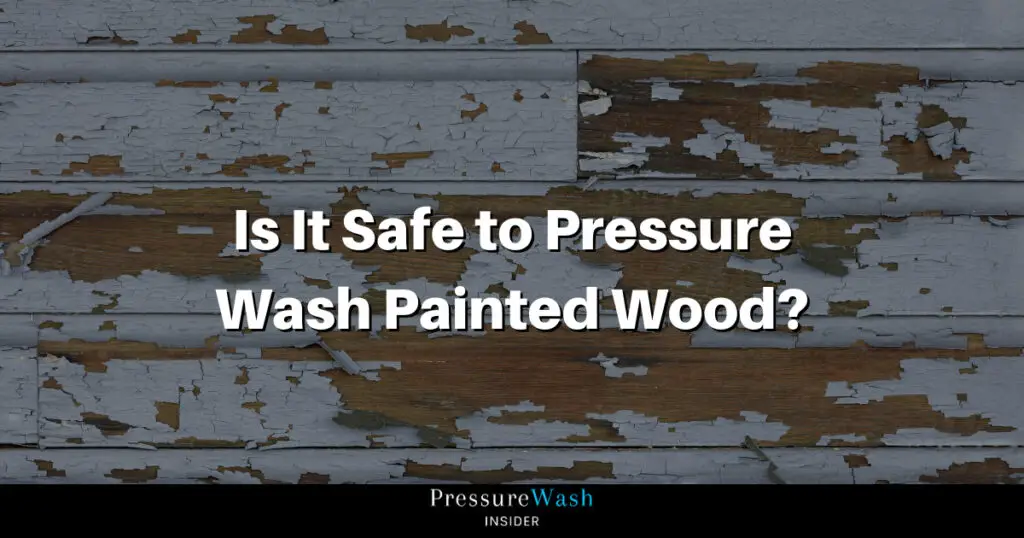
Understanding The Risks of Pressure Washing Painted Wood
Before diving into the dos and don’ts, it’s essential to understand the risks associated with pressure washing painted wood. While pressure washing can effectively remove dirt and debris, it can also damage the paint and underlying wood if not done correctly.
High water pressure can strip away the paint, leaving the wood exposed to the elements, which could lead to rot and decay.
Additionally, using the wrong techniques or equipment can cause gouges, splintering, or warping of the wood surface. It’s crucial to proceed with caution to avoid costly repairs or replacement of your painted wood.
Dos and Don’ts of Pressure Washing Painted Wood
To ensure the safety and effectiveness of pressure washing on painted wood, there are certain dos and don’ts that you should keep in mind.
- Do use low-pressure settings: When pressure washing painted wood, it’s important to use a low-pressure setting to avoid damaging the paint and wood. Adjust the pressure according to the manufacturer’s instructions and start with the lowest setting to test its impact on the surface.
- Do maintain a safe distance: Keep a safe distance between the pressure washer nozzle and the painted wood surface. This will prevent the water from penetrating the paint and causing damage. Start with a distance of around two feet and gradually move closer if necessary.
- Do use a wide-angle spray pattern: Opt for a wide-angle spray pattern instead of a concentrated stream. This will distribute the water evenly and minimize the risk of paint stripping or wood damage. Experiment with different nozzle tips to find the best spray pattern for your painted wood.
- Don’t use excessive pressure: Avoid using high-pressure settings when pressure washing painted wood. High pressure can remove the paint, leaving the wood vulnerable to moisture and sun damage. Remember, the goal is to clean the surface, not strip away the protective layers.
- Don’t hold the nozzle too close: Holding the pressure washer nozzle too close to the painted wood surface can result in paint chipping or wood splintering. Maintain a safe distance and allow the water to do the work without causing unnecessary damage.
- Don’t neglect proper technique: Improper technique can lead to uneven cleaning or streaking on the painted wood surface. Always move the pressure washer in a consistent, sweeping motion, following the grain of the wood. This will ensure a thorough and even clean without leaving behind unsightly marks.
By following these dos and don’ts, you can safely pressure wash your painted wood surfaces and restore their beauty without compromising their integrity.
Choosing The Right Pressure Washer for Painted Wood
Selecting the right pressure washer for painted wood is crucial to avoid damage and achieve optimal cleaning. Here are some factors to consider when choosing a pressure washer:
- Water pressure: Opt for a pressure washer with adjustable water pressure settings. This will allow you to start with low pressure and gradually increase it if necessary. Look for models with a pressure range of 1,200 to 2,500 pounds per square inch (PSI) for painted wood surfaces.
- Gallons per minute (GPM): The flow rate of the pressure washer, measured in gallons per minute, determines how much water is sprayed onto the surface. For painted wood, a GPM of 1.4 to 1.6 is generally sufficient. Higher flow rates may cause unnecessary water wastage and potential damage.
- Nozzle tips: Different nozzle tips produce different spray patterns, affecting the pressure and coverage area. For painted wood, opt for a wide-angle nozzle tip, such as a 40-degree or 25-degree tip, to avoid concentrated streams that can damage the surface.
- Electric vs. gas-powered: Electric pressure washers are suitable for smaller projects and offer ease of use, while gas-powered washers provide more power and convenience for larger areas. Consider the size and scale of your pressure washing needs when deciding between the two options.
Here are some pressure washers that we think are great for pressure washing decks, painted wood etc.
Remember to read customer reviews, compare features, and consult with professionals if needed to ensure that you choose the right pressure washer for your painted wood surfaces.
Proper Techniques To Pressure Wash Painted Wood
Now that you have the right pressure washer, it’s time to learn the proper techniques for pressure washing painted wood. Following these techniques will help you achieve the best results while minimizing the risk of damage:
- Start with a test area: Before pressure washing the entire painted wood surface, start with a small test area. Choose an inconspicuous spot and apply the pressure washer using the recommended nozzle tip and low pressure setting. Assess the results to ensure that the paint remains intact and the wood is not damaged.
- Maintain consistent distance and angle: Throughout the pressure washing process, maintain a consistent distance of around two feet from the painted wood surface. Hold the pressure washer nozzle at a 45-degree angle to the wood, following the grain. This will prevent concentrated streams and minimize the risk of paint stripping or wood damage.
- Work in sections: Divide the painted wood surface into manageable sections and work on one section at a time. This will ensure a thorough clean and prevent the cleaning solution from drying on the surface before it can be rinsed off. Start from the top and work your way down, overlapping each section slightly to avoid streaks.
- Rinse thoroughly: After pressure washing each section, rinse it thoroughly with clean water. This will remove any remaining dirt, debris, or cleaning solution, leaving the painted wood surface clean and ready for drying.
By following these proper techniques, you can effectively pressure wash your painted wood surfaces without causing any harm. Remember to take your time, be patient, and pay attention to detail for the best results.
Alternative Cleaning Methods for Painted Wood
Pressure washing is not the only method for cleaning painted wood surfaces. Depending on your specific needs and preferences, there are alternative cleaning methods that you can consider. Here are some options:
- Hand scrubbing: For smaller areas or delicate surfaces, hand scrubbing with a soft brush and mild detergent can be effective. This method allows you to have more control and avoid the risk of damaging the paint or wood.
- Chemical cleaners: Certain chemical cleaners are designed to remove dirt and grime from painted wood surfaces. These cleaners are typically applied with a sprayer or brush, left to penetrate, and then rinsed off with water. Follow the manufacturer’s instructions for safe and effective use.
- Steam cleaning: Steam cleaning is another alternative method for cleaning painted wood. The high-temperature steam helps to loosen dirt and grime, which can then be wiped away with a cloth or brush. Be cautious when using steam on painted wood, as excessive heat can damage the paint or wood fibers.
It’s important to note that these alternative cleaning methods may not provide the same level of deep cleaning as pressure washing. However, they can be suitable for regular maintenance or in areas where pressure washing is not feasible or recommended.
You can watch this video for further explanation on pressure washing painted wood or generally any kind of wood.
Conclusion
Pressure washing can be a safe and effective method for cleaning painted wood surfaces when done correctly. By understanding the risks, following the dos and don’ts, preparing the surface, choosing the right pressure washer, using proper techniques, and avoiding common mistakes, you can achieve remarkable results without causing damage.
However, it’s important to assess the condition of your painted wood and consider alternative cleaning methods if pressure washing is not suitable or recommended.
Remember, maintaining and protecting your painted wood surfaces after pressure washing is just as important. Applying a protective sealant, regular cleaning, inspecting for damage, and keeping vegetation at bay will help ensure the longevity and beauty of your painted wood investment.
So, the next time you notice dirt and grime on your painted wood surfaces, don’t hesitate to consider pressure washing as an option. With the knowledge and guidelines provided in this article, you can confidently embark on the journey of restoring your painted wood to its former glory.
How Often Should You Replace the Nozzle on Your Pressure Washer?
As a proud owner of a pressure washer, you understand the importance of regular maintenance…
DIY Eco-Friendly Cleaning Solutions for Pressure Washing
In today’s world, where environmental consciousness is on the rise, finding eco-friendly alternatives to everyday…
Do Pressure Washers Really Have Spark Plugs?
Pressure washers are powerful tools that use high-pressure water to clean various surfaces. They are…
Why A Pressure Washer Only Runs On Choke?
As a seasoned pressure washer user, I have come across various issues that can be…
5 Best Pressure Washer Surface Cleaners: Keeping Your Surfaces Gleaming Clean!
Welcome to the ultimate guide on the best pressure washer surface cleaners! If you’re tired…
Can Pressure Washers Damage Pipes?
I have always been concerned about keeping my house looking clean and well-maintained. One of…

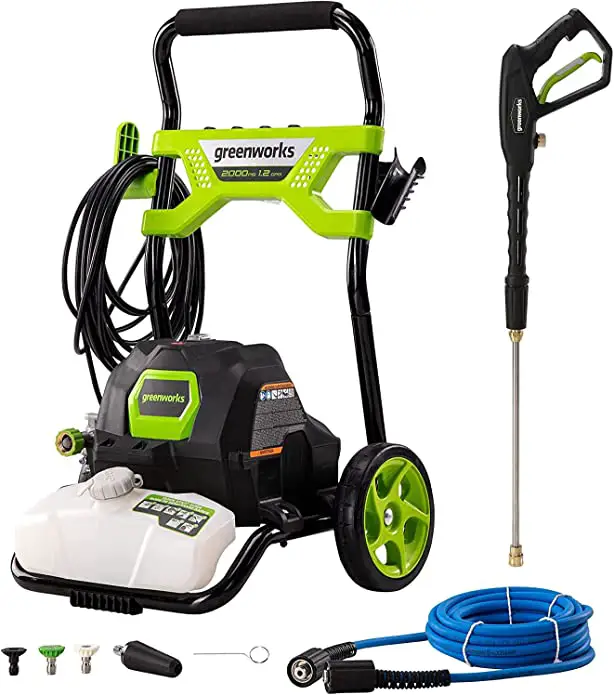
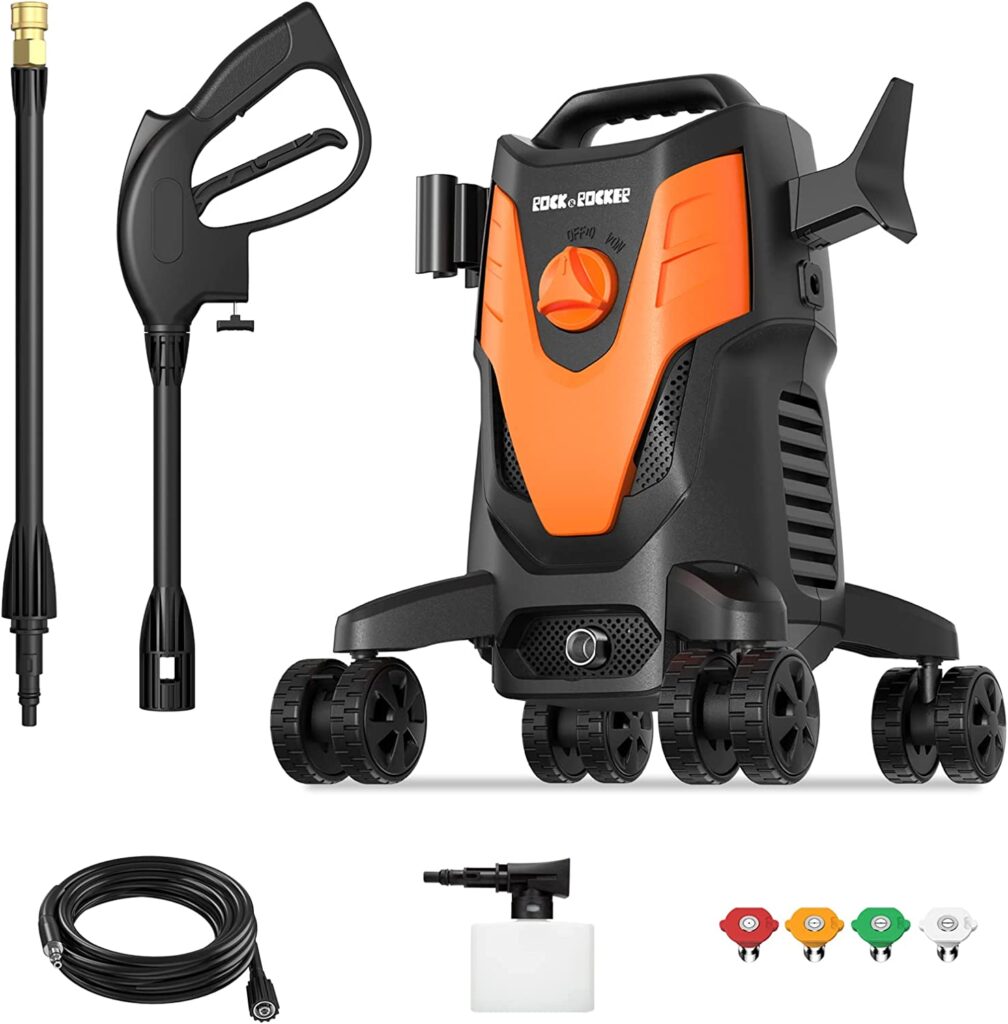
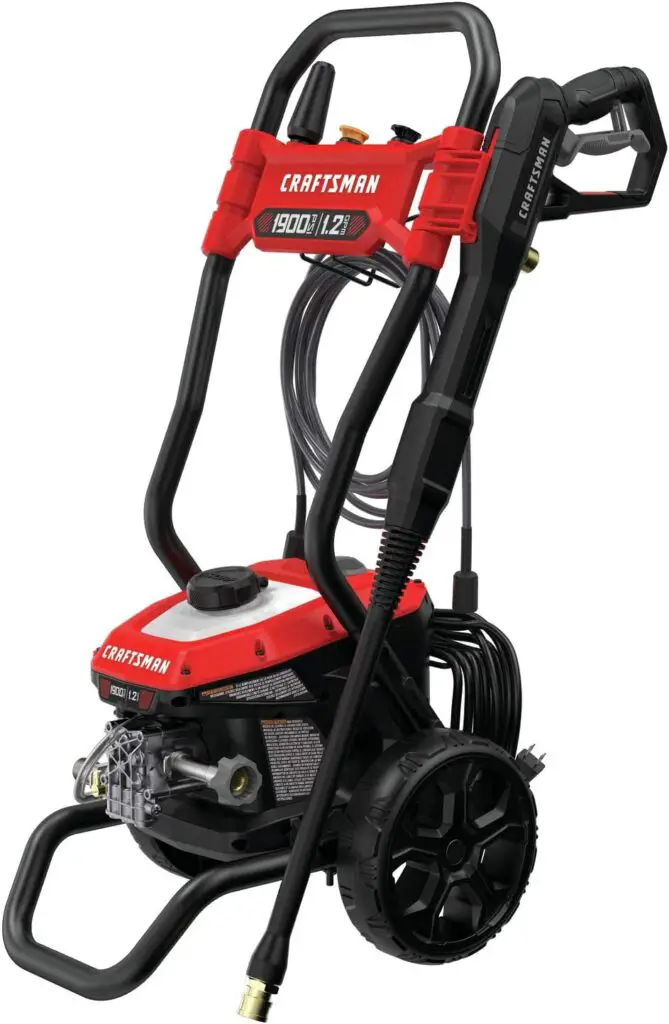

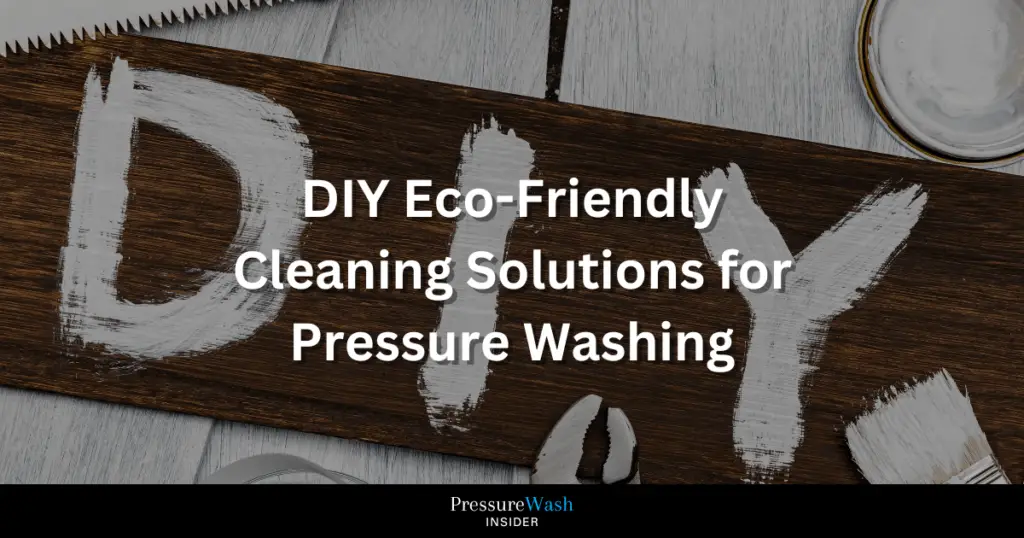

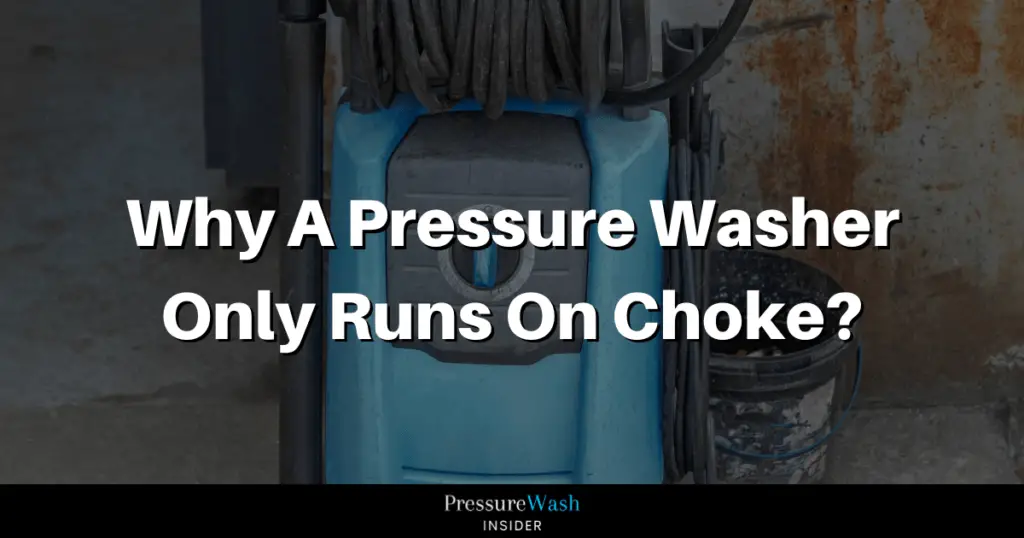
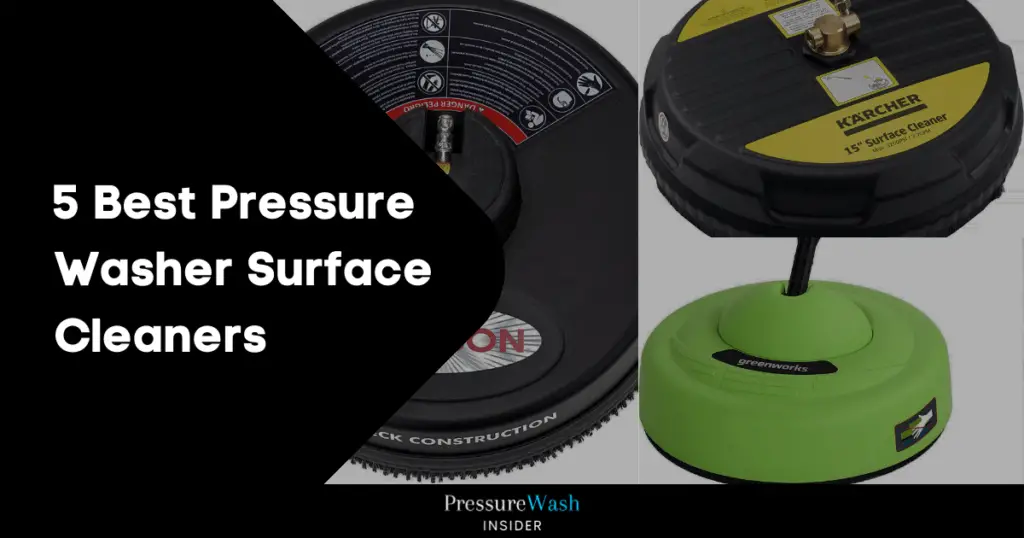
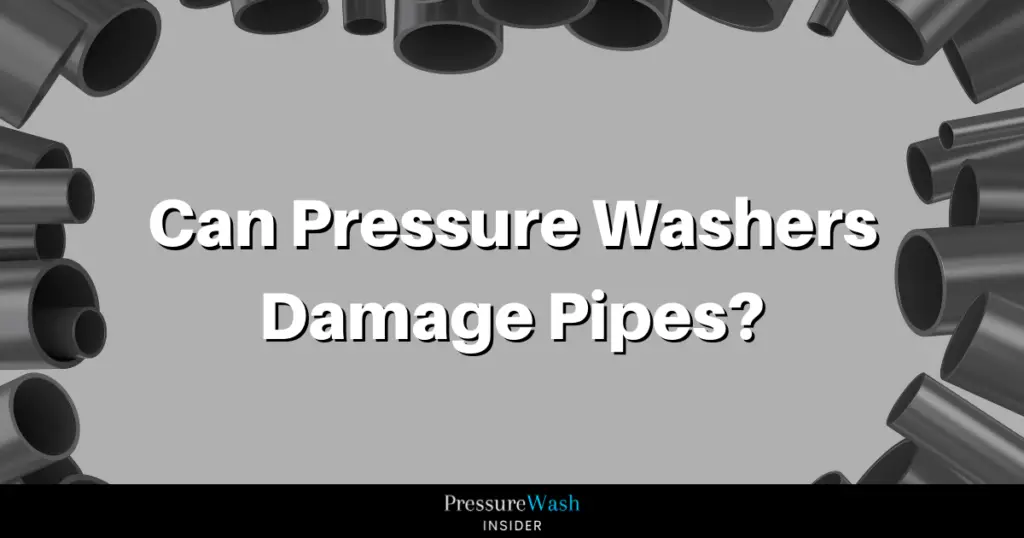
2 thoughts on “Is It Safe to Pressure Wash Painted Wood? Find Out the Dos and Don’ts!”
Very useful
I loved even more than you will get done right here. The overall look is nice, and the writing is stylish, but there’s something off about the way you write that makes me think that you should be careful what you say next. I will definitely be back again and again if you protect this hike.